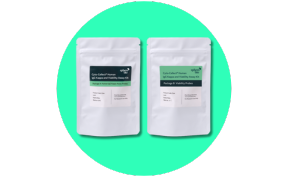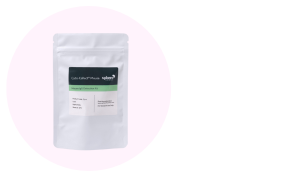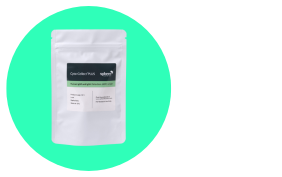Best practices for optimizing Cell Line Development processes
In this e-book, we spoke with Dr Jon Dempsey, Founding Partner of Pathway Biopharma about his thoughts regarding best practices for optimizing CLD processes.

Introduction to Cell Line Development (CLD)
Cell line development (CLD) is a critical process in biopharmaceutical development, encompassing the creation of stable, high-quality cell lines used for manufacturing therapeutic proteins. The process involves several key steps, including host cell line selection, vector engineering, transfection, cloning, cell expansion, and rigorous screening to ensure the highest viability, growth rate, and product quality.
In this article, we spoke with Dr. Jon Dempsey, Founding Partner of Pathway Biopharma, about the latest best practices for optimizing CLD processes. Download the full article to delve deeper into these strategies.
Key Steps in Cell Line Development
- Host Cell Line Selection: Choosing the right host cell line is the first crucial step. Factors such as growth characteristics, genetic stability, and productivity are considered to ensure optimal performance.
- Engineering of the Expression Vector: The expression vector must be carefully engineered to ensure high-level expression of the desired protein. This includes selecting strong promoters, enhancers, and other regulatory elements.
- Transfection: Introducing the engineered vector into host cells can be done through various transfection methods, each with its advantages and challenges.
- Cloning and Cell Expansion: Single-cell cloning and subsequent expansion are essential to establish monoclonal cell lines. Advanced techniques like automated cell sorting can enhance this step.
- Screening and Selection: Rigorous screening for high-producing clones is vital. Parameters such as cell viability, growth rate, protein expression level, stability, and product quality are assessed to select the best clone.
Best Practices for Optimizing CLD
Optimize Workflow Strategies:
- Implement automated systems for cell sorting and screening to increase efficiency and accuracy.
- Utilize high-throughput screening methods to rapidly identify high-producing clones.
- Apply advanced genetic engineering techniques to improve vector design and transfection efficiency.
Innovations in Cell Line Development:
- Explore the use of novel expression systems and host cell lines to enhance productivity.
- Integrate process analytical technologies (PAT) to monitor and control CLD processes in real time.
- Adopt single-cell analysis tools to gain deeper insights into cellular behavior and improve clone selection.
Challenges and Solutions:
- Address common challenges such as genetic instability and variability in protein expression by adopting robust screening protocols.
- Mitigate risks associated with contamination and cross-contamination through stringent quality control measures.
Conclusion
Cell line development is a dynamic and evolving field, with continuous advancements aimed at improving efficiency, productivity, and product quality. By adopting best practices and leveraging innovative technologies, companies can optimize their CLD processes and achieve superior outcomes in biopharmaceutical production.
For a detailed discussion on optimizing cell line development processes, download the full e-book by Dr. Jon Dempsey.
Download the E-Book: Cyto-Mine® Optimizing Cell Line Development Processes
Sphere Bio Ltd will process your personal data in strict accordance with our privacy policy which can be found here. This will include sending you updates about Sphere Bio Ltd, our products, and resources we think would be of interest to you. You can unsubscribe and manage your marketing preferences by clicking the link at the bottom of every email we send.



